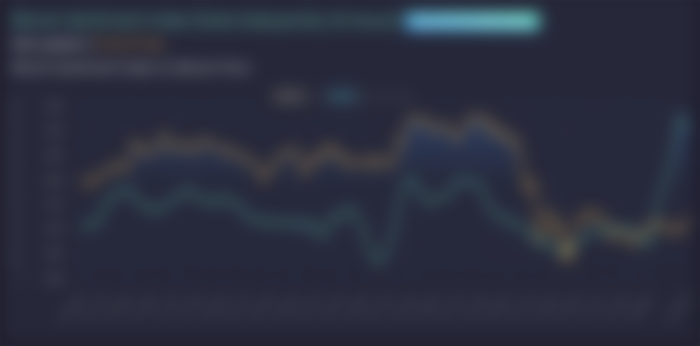Trader’s Stuff: The Bitcoin Sentiment
As I anticipated in this post, social networks can give us very important information at the level of fundamental analysis associated with that technique to complete interesting trading operations.
This variable is called Bitcoin Sentiment and is based on the various positive or negative news that are found on social networks and based on this information, parameters can be drawn up: a sort of indicators that represent how the mass is evaluating Bitcoin.
The teams that have parameterized this Sentiment are 3 and each one has defined his own.
1 - Crypto & Greed Index
The team that created it is called Alternative.me and originated a solution not very different from the one used by CNN for the stock markets.
After all, even cryptocurrencies are part of a market!
The index shows whether investors are calm and therefore buy confident of an appreciation of BTC, or fearful and are more sales oriented.
The representation is that of a needle on a scale from 0 to 100, where low values indicate fear and high values, on the contrary, indicate safety.
In order to calculate the index, the algorithm uses: volatility, momentum together with market value, social media momentum and BTC domain.
The use follows the stochastic RSI: when the value is below 20 it is advisable to buy, when it reaches 80 it could be profitable to sell.

2 - Bulls & Bears Index
The Bulls & Bears index was created by Team Augmento and is an indicator based on conversations relating to BTC on the TWitter, Reddit and BitcoinTalk platforms
The index shows a value between 0 and 1, in order to be able to perform the calculation, the algorithm recognizes 93 different feelings and topics extrapolated from conversations.
For use, not having defined thresholds, it is necessary to check the trend and open a position when the index rises and then close it when it is falling.

3 - Bitcoin Sentiment Index
The Bitcoin Sentiment index was developed by Bitts Analytics and is also based on the feelings of investors extracted from conversations on social media.
The value of the indicator is calculated using machine learning solutions (a sort of AI) that analyze posts on social media.
Being variable, in this case the data are shown on a graph and make up a line: when the line rises it indicates that investors are inclined to buy and therefore bullish, on the contrary, if the line falls they are bearish.

As is logical and all traders know, this type of indicators (if they can be called that) are extremely empirical, despite being based on mathematical calculations.
This uncertainty is due to the type of data that is processed; therefore they cannot be considered sufficient to be able to execute a trading operation in a repeatable and profitable manner.
It is therefore necessary to combine this type of indicators with a good technical analysis in order to protect one's portfolio.
Knowledge is power!


